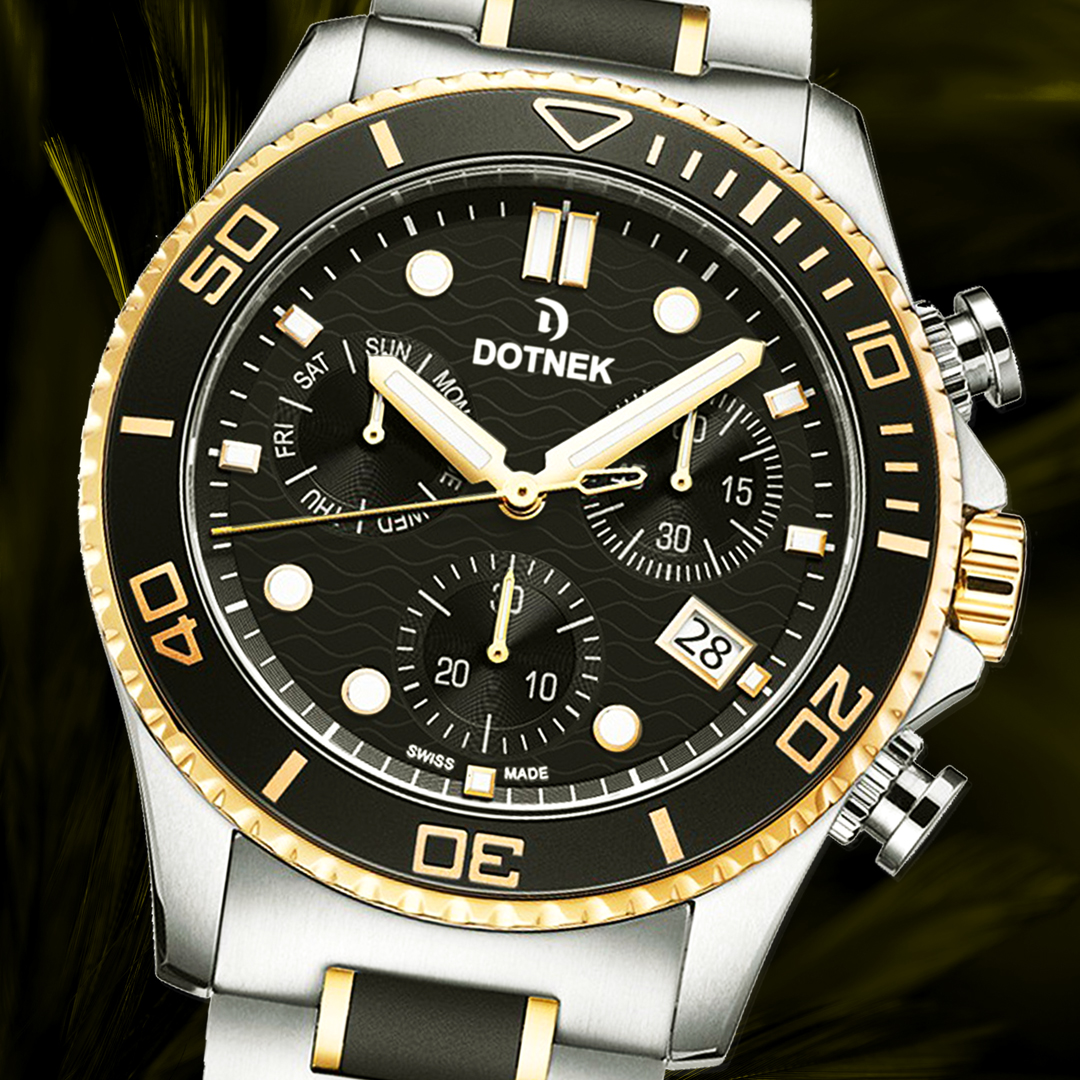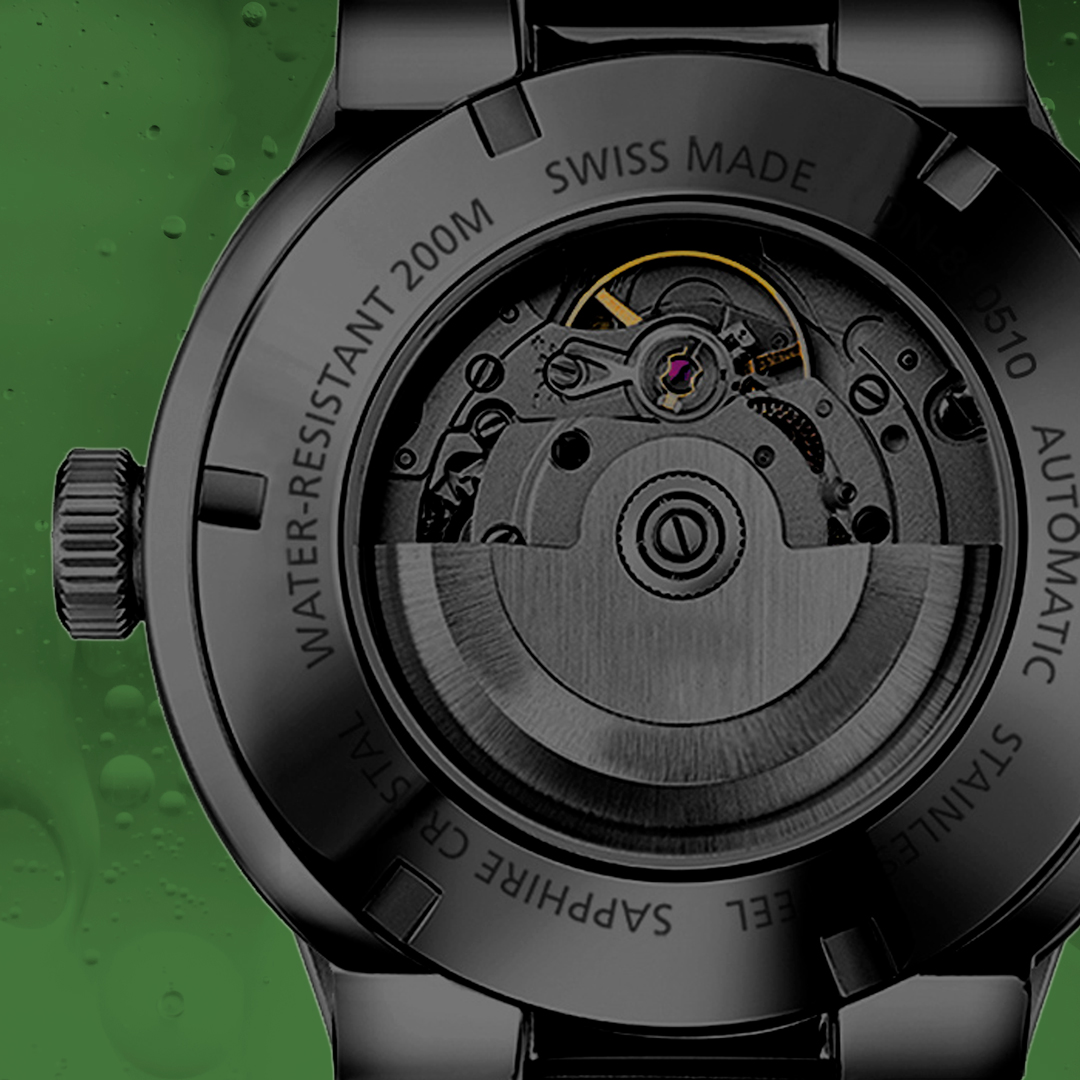As you know, watchmaking already exists. The watchmaking industry can also be fine art. Because to create an hour, it must be Robald’s fine art since he connected all their elements and developed their movements. The art of watchmaking has already advanced a lot, and today watchmakers also use new technologies to make different types of the best watches. In this case, they have done experiments and research, and now they want to research the evolution of new materials and use more advanced materials to make watches.
In the old days and early days of watchmaking, watchmakers put all the components of a watch one by one and adjusted it by hand. It could take a very long time for watchmakers to assemble all the members of a watch, and in addition, it could be expensive. And then, stainless steel was made, and all of them were made of materials like precious metals, chrome-plated brass, and then stainless steel. To be produced. The watchmaking industry emerged until mass production and watchmaking were mass-produced and numerous, and in a short time, it was possible to create many watches. Also, mass production and industrialization of watchmaking have reduced the time of watchmaking, making it not dull.
In addition to the beautiful appearance of the watch is essential, you should also pay attention to the inside of the watch. In this way, watchmakers, in addition to trying to design and produce watches with a beautiful appearance, must also try to make the watches more durable because the durability and internal characteristics of watches are as important as the watch’s appearance. The points that watchmakers should pay attention to are the beauty of appearance, more durability, low weight, and internal specifications of the watch.

Watchmaking materials
Ruby
You may have heard about jewelry used in clock movements, and different types of jewelry are used in clock movements. Around the twentieth or twenty-first century, watchmakers used a variety of natural and original jewelry to move the watch as a bearing for the wheel trains and other elements of the watch. And they were using friction. In this case, we can say that watchmakers used jewelry in most parts of the worn watch. Jewelry that was used in areas that were highly worn reduced friction. In other words, watchmakers used genuine jewelry to minimize conflict between watch elements caused by wear. In 1902, a French chemist named Auguste Verneuil discovered that it was not necessary to use original jewelry to reduce the friction between the elements of the watch and that artificial and ruby jewelry could also be used. From that day until now, fake jewelry and ruby have been used to reduce the friction between the watch members.
Gold
From ancient times, precious metals and stones, and jewelry were used. In ancient times and around the twentieth century, precious metals, and stones such as rubies, gold, etc., were used to make watches. In the previous section, we explained that the reason for using jewelry and precious stones is not for the beauty of the watch but to reduce the friction created between the interior elements of the watch. White gold, red gold, etc., are used in the industry and art of watchmaking. In other words, we can say that the use of precious metals such as gold is essential for the watchmaking industry should be used. One of the most common parts of gold is the watch frame. Most watches are made of precious metals such as gold. In addition to the watch frame, some precious metals such as gold are used in the watch’s movements. In short, we can say that precious metals such as gold were often used for the beautiful appearance of watches such as watch frames, and in addition, gold is also used in the movements of watches.
Nickel-Plated Brass
As watchmakers expanded their watchmaking industry, they also increased their watchmaking materials. However, in addition to stones, jewelry, and precious metals such as gold, rubies, etc., Nickel-Plated Brass was also used in watchmaking. The applications and uses of Nickel-Plated Brass are different and can be used for weaponry to basic nuts and bolts. Of course, Nickel-Plated Brass has been one of the most popular materials for watchmakers. Because it has been one of the cheapest or most cost-effective alternatives to metals and jewelry. Nickel-Plated Brassworks like jewelry and precious metals but is more cost-effective. Nickel-Plated Brass can also be used for hours were essential longevity and durability.
Stainless Steel
The use of stainless-steel watches has long changed the perspective of using watches. Stainless-Steel watches became so popular that people preferred to use stainless steel watches, and for this reason, stainless steel watches replaced watches with gold frames and materials. Even if we want to compare these two watches, we will see that watches made of Stainless Steel are more durable and, of course, lighter than watches made of gold. The increase in the number of watches made of stainless steel also indicates that watches made of stainless steel have evolved and are more popular and used. In ancient times, when the number of watches produced and used was less, precious metal gold was very suitable and popular. But today, when the number of watches made has increased, the best option is to use Stainless Steel, which has high strength, reasonable price, and more durability than the precious metal of gold. In other words, we can say that the use of gold in watches was appropriate when watches were used as a symbol, but when watches have applications, the use of stainless steel is most appropriate.
Bronze
The exciting thing about Bronze: Bronze is one of the materials that humans first used. In other words, we can say that the first material used by humans was the Bronze. The time and date and, of course, the history of using bronze dates to the mid-fourth millennium BC. Therefore, Bronze has been used in watchmaking since ancient times. Bronze-framed watches are good choices for diving watches because they are shock-resistant and, of course, anti-magnetic. Bronze is the most suitable material for diving watches for better durability and performance and, of course, good movements. Because Bronze is anti-magnetic and has high resistance. Apart from the use of Bronze in watchmaking and watches produced, all watches made of Bronze also have a special and unique beauty.

silicon
The use of silicon in watchmaking has been one of the most significant changes in the watchmaking industry. After these experiments, silicon was replaced by metal parts for watchmaking. Silicon is also effective for clock movements and can have some uses. The advantages of silicon include lightweight, temperature resistance, friction, and anti-magnetism. In addition, silicon is more substantial and more complicated than metal parts. The effect of silicon components on the clock’s movements is such that it allows the campaigns to run at a higher frequency, resulting in a watch with higher accuracy.
Ceratanium
Using Hybrid materials is one of the newest materials used in watchmaking. This Hybrid material is an alloy of titanium and ceramic used in watchmaking. This material has a lightweight, strong anti-scratch and is extraordinary.
Carbotech
Panerai is also one of the materials replaced in 2015 by a material called Carbotech and was also used in watchmaking. This material is challenging and is also made of carbon fiber.
In this article, we have listed several materials that are used in watchmaking, and of course, each of them can be effective in moving motion for hours. It can be said that different materials are used in the watch industry, which is also influential in the movement of the watch. Over time, these materials may be changed and replaced by other materials to improve the watch’s performance.